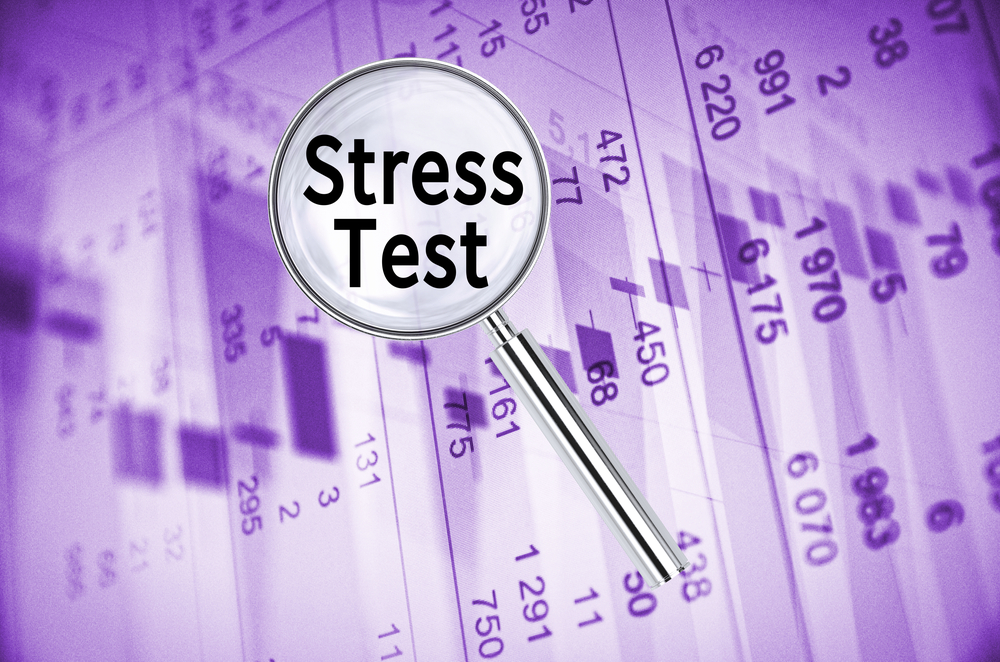The Federal Reserve Board released last week the 2018 Comprehensive Capital Analysis and Review (CCAR), as well as the scenarios banks will use for stress tests.

Stress tests are designed to ensure that banks will still be able to lend even in a serious recession, making sure they have enough capital to absorb losses.
The stress tests apply three scenarios: baseline, adverse, and severely adverse. The severely adverse scenario would be a severe global recession in which the U.S. unemployment rate rises almost 6 percentage points to 10 percent, accompanied by a steepening Treasury yield curve. The adverse scenario is a moderate recession. The baseline scenario is in line with projections from economic forecasters. Each hypothetical scenario includes 28 variables, including gross domestic product, unemployment rate, stock market prices, and interest rates.
CCAR evaluates the capital planning practices and capital adequacy of the largest U.S. bank holding companies. This is done using the firms’ planned capital actions such as dividend payments and share buybacks and issuances.
In 2018, 18 of the largest firms will be subject to both a quantitative evaluation of their capital adequacy and a qualitative evaluation of their capital planning capabilities, including five foreign firms with U.S. operations for the first time. Further, 25 firms with less complex operations will only be subject to the quantitative portion of CCAR.
Firms are mandated to submit their capital plans and stress testing results to the Federal Reserve by April 5, 2018. Results will be announced by June 30.